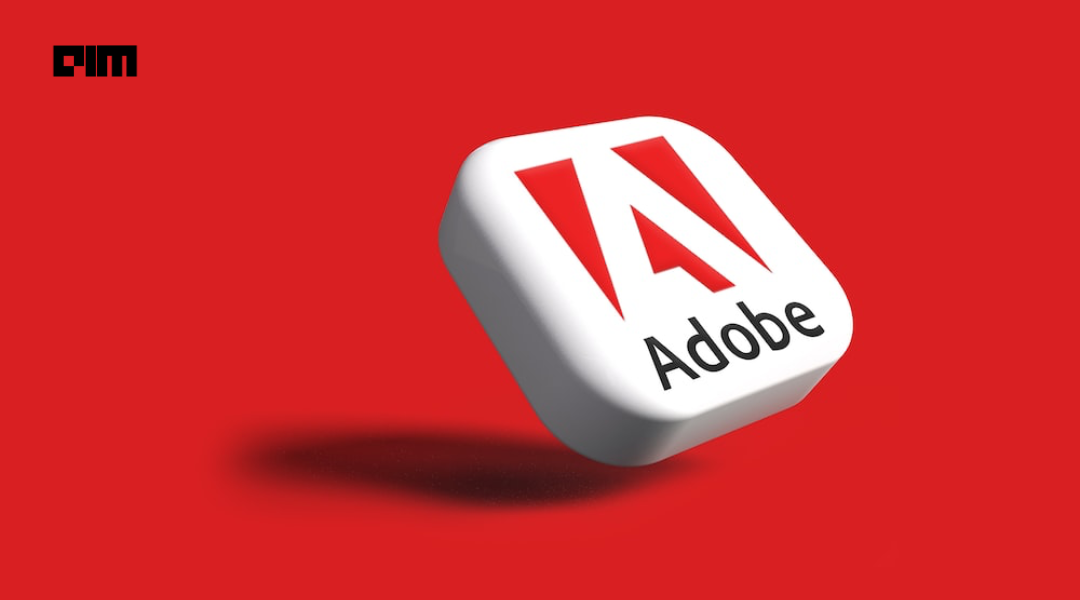At this year’s Cannes Lions International Festival of Creativity, Adobe did something uncommon: it launched a new product to help ensure that content is seen (rather than create the said content). The LLM Optimizer – a suite designed to help brands understand and influence how they appear in AI-powered interfaces like ChatGPT, Claude, and Gemini. In a moment when generative AI seems poised to encroach on traditional web searches, Adobe’s move could prove prescient.
But here’s the question: can one smart tool redeem a company whose public perception has cratered among its most passionate users?
From Search Engine to “Generation Engine”
“The adoption of GenAI-powered chat services is astounding,” said Haresh Kumar, senior director of strategy and product marketing for Adobe Experience Manager. “It’s fundamentally changing how consumers interact, search, and find information.”
The numbers back that up. Adobe Analytics reports a 3,500% increase in AI-sourced traffic to U.S. retail sites and a 3,200% jump to travel sites between July 2024 and May 2025. As users increasingly consult LLMs over Google, Adobe’s new pitch is this: brands must now optimize not for algorithms, but for answers. The company is calling it GEO (Generation Engine Optimization).
In practical terms, Adobe LLM Optimizer gives marketers tools to: Auto-identify where their content appears in LLM results, auto-suggest improvements like metadata fixes or FAQ restructuring, and auto-optimize content with one-click implementation.
FAQ pages, for instance, are flagged as content LLMs naturally favor. Adobe helps brands tailor this content and integrate updates directly through its Experience Manager interface.
A Strategic Shift, But for Whom?
The launch fits within a larger enterprise-first vision Adobe has embraced in recent years. While this shift has driven record profits: $5.87 billion in quarterly revenue and an 11% YoY increase, it’s also alienated many of Adobe’s most visible evangelists: creative professionals.
Photographers and video editors have voiced growing anger over Adobe’s subscription pricing, inconsistent performance, and inflexible bundling. A recent 50% price hike to the popular Photographer’s Plan lit up forums and headlines alike. As one UK-based user wrote, “The main purpose of a business is to provide a product or service to its clients… When the aim changes to solely making money… people lose their respect for that company”.
A podcast episode where Adobe attempted to answer user-submitted questions backfired immediately: “Just the act of publicizing those answers turned some viewers off,” recalled a PetaPixel editor. “It feels very much like a ‘shoot the messenger’ situation”.
In short, Adobe has been thriving financially while bleeding goodwill.
LLM Optimizer: Just in Time?
LLM Optimizer is an indication of Adobe’s attempt to stay culturally and technologically relevant.
With Google still commanding an estimated 8.5 billion searches per day compared to ChatGPT’s 1 billion messages, it might seem early to panic about SEO’s demise. But for brands that want to stay ahead, understanding their visibility within AI-generated responses matters today.
Adobe’s tool addresses that urgency. It detects content fingerprints across multiple models and shows marketers where their brand is missing from answers. Then it quantifies potential gains from optimization. It even allows benchmarking against competitors, giving teams concrete business cases for action.
“Brands often ask, ‘Do I need to care about this new AI box?’” said Kumar. “The answer is yes, because traffic is shifting there. If you’re not optimizing for it, you’re missing out”.
Companies like Lumen Technologies, which adopted Adobe GenStudio alongside LLM Optimizer, saw their B2B marketing campaign cycles cut from 25 days to just 9, thanks to AI-enabled personalization. That’s the kind of efficiency executives like to hear about.
The Market Reacts, Warily
Investors gave Adobe’s Cannes announcements a mixed reception. While LLM Optimizer contributed to a temporary bump in share price, overall sentiment remained cautious. Adobe’s stock is down over 10% for the year despite better-than-expected earnings and a raised outlook for FY2025. One reason: skepticism that Adobe can monetize AI fast enough to offset slowing core growth.
“While guidance was raised… it feels like it will take more time to prove out these [AI] initiatives,” noted RBC analysts in a recent note. Bernstein, which raised Adobe’s price target to $530, admitted the stock remains a “show me” story.
Can Adobe Rebuild Public Trust?
The bigger challenge may not be Wall Street: it’s Main Street, or at least the photographers, editors, and creators who once served as Adobe’s loudest champions. Among them, resentment simmers.
Some have found alternatives in tools like Affinity Photo, ON1, or even open-source programs like GIMP. Others remain locked into Adobe’s ecosystem out of necessity. But few are singing Adobe’s praises anymore.
So can LLM Optimizer help turn that around?
Not directly. It’s a tool built for enterprise marketers, not creative pros. But, it marks a pivot. Adobe is solving a clear, urgent business problem. That pragmatic tone might serve it well if extended across its product lines.
To regain public affection, Adobe must do more. It needs to address long-standing complaints: pricing fairness, mobile app coherence, performance issues. It must show, not tell, that it’s listening.
As Jaron Schneider at PetaPixel put it: “For some people, Adobe’s not just disliked-it’s actively hated… For now and for the next good long while, it’s going to have to substantially ‘give’ in order to win back community support”.
Does public opinion matter? In a way, maybe not. Adobe’s enterprise-first strategy is working. Its recurring revenue is strong. It’s unlikely to ditch subscriptions or adopt a “pay once” model ever again. The company has pivoted from being a creative community darling to a corporate software juggernaut.
Still, tools like LLM Optimizer show Adobe hasn’t lost its edge in recognizing platform shifts. If generative interfaces truly are the next internet, Adobe is once again staking an early claim. Whether that’s enough to change hearts remains to be seen. But if Adobe plans to solve problems no one else is even asking about yet, it just might not need to.











